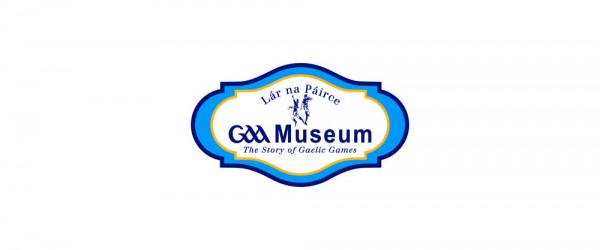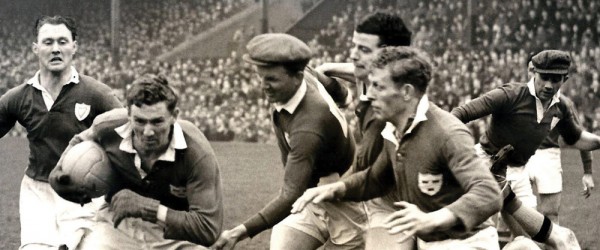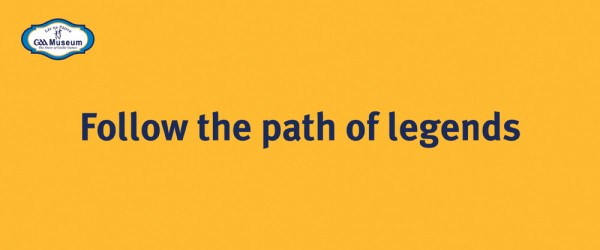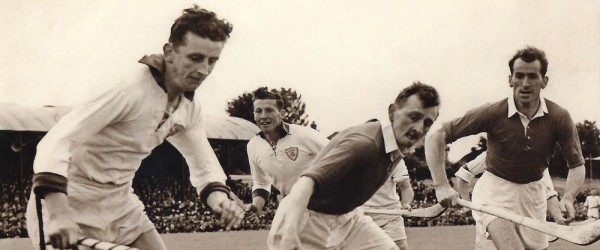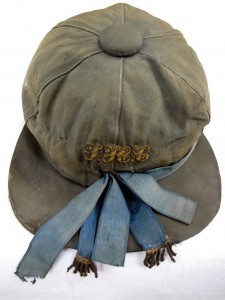2. The Tubberadora Cap
In sport, a ‘cap’ is a metaphorical term for a player’s participation in a game at international level. Although in some sports physical caps may not always be given, the term “cap” for an international or other appearance has been retained as an indicator of the number of occasions on which a sportsperson has represented a team in a particular sport.
In 1839, the Rugby School team in England was the first team to adopt a cap as part of their playing gear. All their players wore red velvet caps with gold tassels during a match. The velvet cap became a sign of attainment at the school and was adopted as such by clubs, then by England and other countries, as a symbol of national and international achievement. Traditionally, every international player who represents his country receives his cap on this occasion.The practice of awarding a physical cap varies from sport to sport.
We are familiar with international sports men and women being capped for their country, but what of G.A.A. players? Back in 1888, the idea was fostered, mainly by G.A.A. president, Maurice Davin, of sending to America the best of Ireland’s hurlers and athletes. This project became known in time as the American ‘Invasion’. It aimed to help foster Gaelic games among the exiled Irish. It is obvious from the photographs taken at St. Patrick’s College, Thurles, before the group departed for the U.S.A. that a cap was part of the playing gear on that historic tour. No doubt, the participants were seen as representing their country and the cap represented a badge of honour and a statement of high achievement by the athletes.
Also, in the early years of the GAA in Tipperary, one of the most successful club teams to ever represent the county was Tubberadora, from the parish of Boherlahan/Dualla in mid Tipperary. Captained by the legendary Mikey Maher, they captured for Tipperary three All-Ireland hurling titles in 1895,’96 and ’98. A unique achievement in itself but what was also unique about this exceptional bunch of hurlers was that part of their playing gear included a cap. Their navy blue caps bore the embroidered letters T H C, Tubberadora Hurling Club, in gold. The caps were part of the playing gear presented to Tubberadora by Tipperary Grocers’ Assistants, residing in Dublin. The players wore the caps not solely for the photograph but also wore them while the game was in progress. The manufacture of the caps, made of linen material, involved both hand and machine stitching. All the caps were lined with white cotton and include a blue ribbon ending in a gold tassel.
The same Tubberadora caps of the 1890s were also worn by the Boherlahan selection that represented Tipperary, winning the All-Ireland of 1916. The custom of wearing the cap seemed to wane as that decade advanced and was gone by 1919.
Two of the Tubberadora caps have survived to this day and are among the treasures on display at the Lár na Páirce museum of Gaelic games in Thurles.
Lár na Páirce
Museum of the GAA and Gaelic Games
